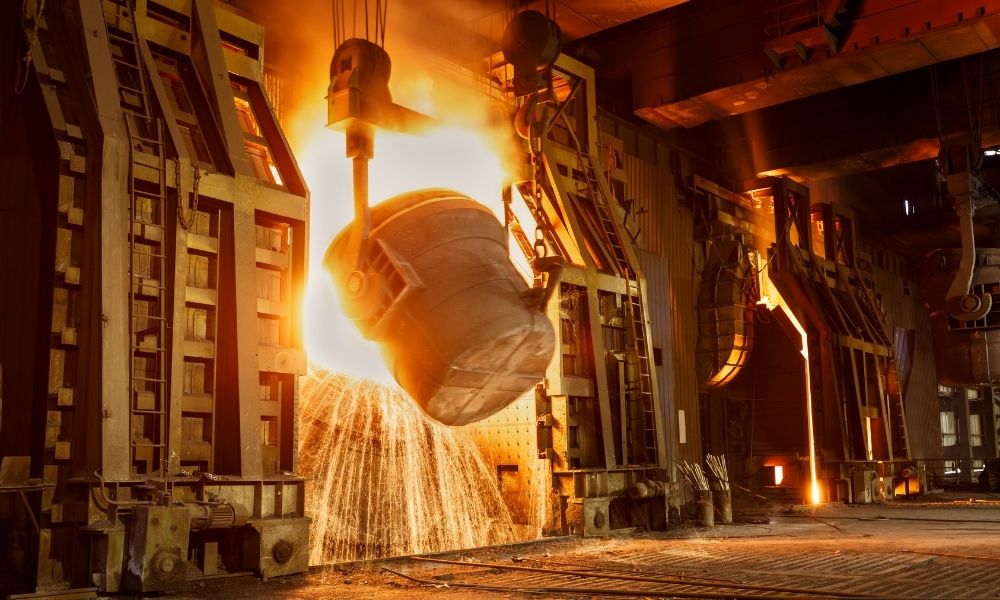When discussing casting processes, two particular techniques come to mind: centrifugal casting and investment casting. Both methods involve pouring metal into a ceramic mold or die, but they have different techniques. These are the differences between investment and centrifugal casting.
Investment Casting
Investment casting is the process of creating a wax mold of a specific part. The design then becomes covered with molten clay that hardens into a shell shape. The wax is then burned or melted as the shape is filled with molten metal and cools down to form the part. You remove the mold to reveal the piece. The clay shell is only used once.
The investment casting process is best for complex and simple parts. Investment casting is used for high or low-volume production runs. This method is excellent for various metals, and you’ll find it used in multiple industries. These industries include energy, aerospace, medical, automotive, and industrial equipment.
Centrifugal Casting
This casting process takes molten metal, pours it into a die, then spins the entire cast. This force equally distributes the molten metal throughout the whole mold. You may use the die for the next piece you’re creating as well. There are two forms of processes: vertical centrifugal casting and horizontal centrifugal casting.
If you can’t use a specific process on a particular material, centrifugal casting is what you’ll use. This method is ideal for particularly large-sized parts. You can create pieces that are upwards of 135,000 pounds. It’s also best when the piece is symmetrical and rotated on its axis.
The Differences
Now that we understand each method a little, let’s look at how centrifugal and investment casting are different. If you have parts that have intrinsic shapes and details, investment casting will be your best method. If you’re forming a part with thin walls or tight tolerances, you’ll want to use investment casting. Investment is also your method if you’re looking to create small to medium prototypes. Centrifugal casting will be the appropriate choice if you need parts with large widths over 15 feet, castings formed from metals that can’t work with any other process, or any large casting.
Cast Steel Products is your go-to destination for all your heavy steel manufacturing products. Visit our website today!

